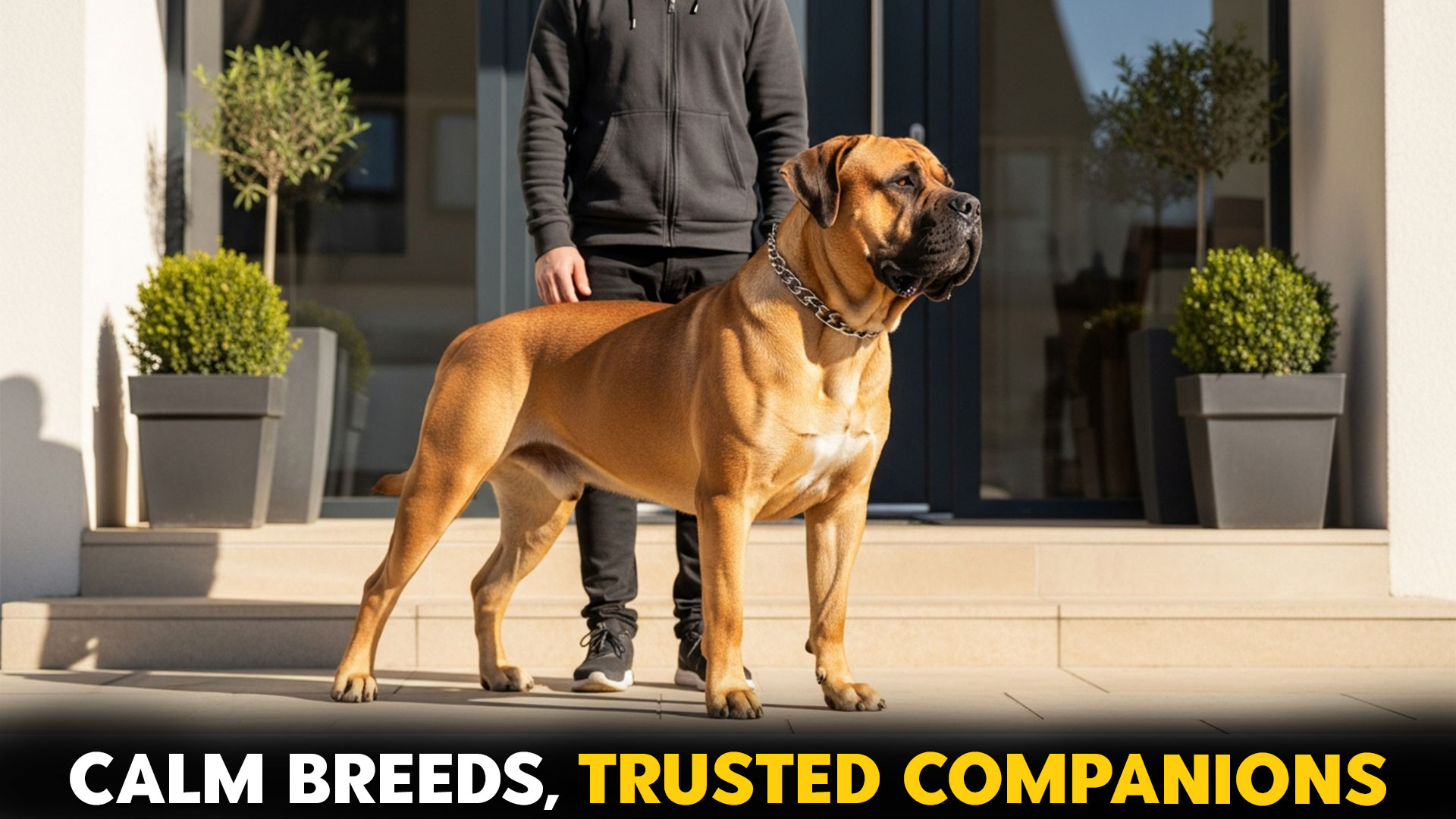A snarl isn’t a necessary prerequisite for a guard dog to be taken seriously. The most excellent guard dogs do so with their mere presence. This unsaid authority that enters the room with them, the ones that are strong enough to protect but gentle enough to nap beside your kids at the same time.
They prove that strength isn’t always loud, and it doesn’t come and go in different time frames. It’s consistent, with or without the barks, snarls, or sprints.
Research shows that with proper training and socialisation as puppies, those puppies grow up to be dogs that do not exhibit behavioral problems and unwanted aggression as compared to other protective dogs.
These dogs are alert where it matters and at ease where it’s all good; they possess the intelligence to read the room and understand what’s required of them at the moment. The right guard dog excels at reading energy.
The smartest breeds are natural guard dogs because of their intelligent nature and abilities. With some early training, they can also make great family guard dogs.
If that’s something that interests you, this guide will dive deeper into the most protective dog breeds. The quietest one that will keep you the safest.
Most Docile Guard Dog Breeds
1. Saint Bernard
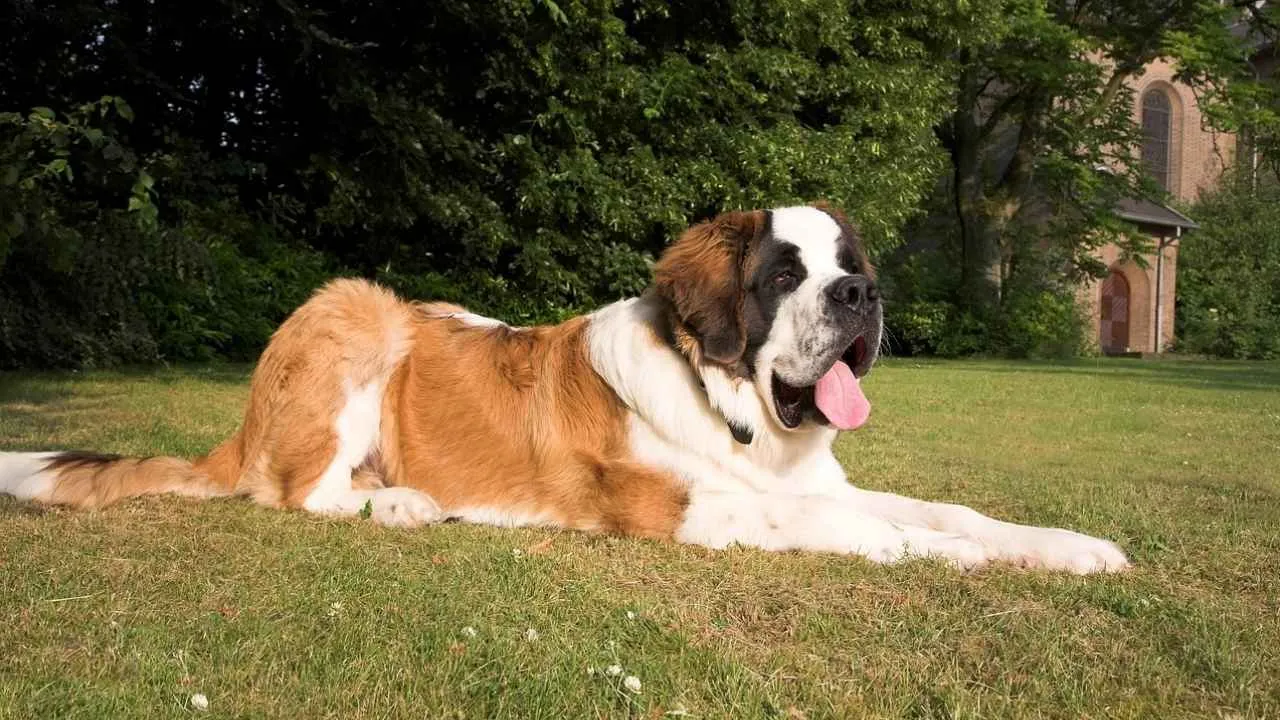
History
Think back to the year 1050, in the snow-covered mountains of the Alps, the Saint Bernard helped hospice monks locate lost, missing, or dead travellers.
The large, mountain-type mastiffs were specifically bred by monks for this purpose, saving thousands of travellers on foot between Italy and Switzerland, honing their rescue abilities.
In the 19th century, they nearly went extinct, but the surviving dogs were crossbred with Newfoundlands, and hence was born the modern Saint Bernard we know today.
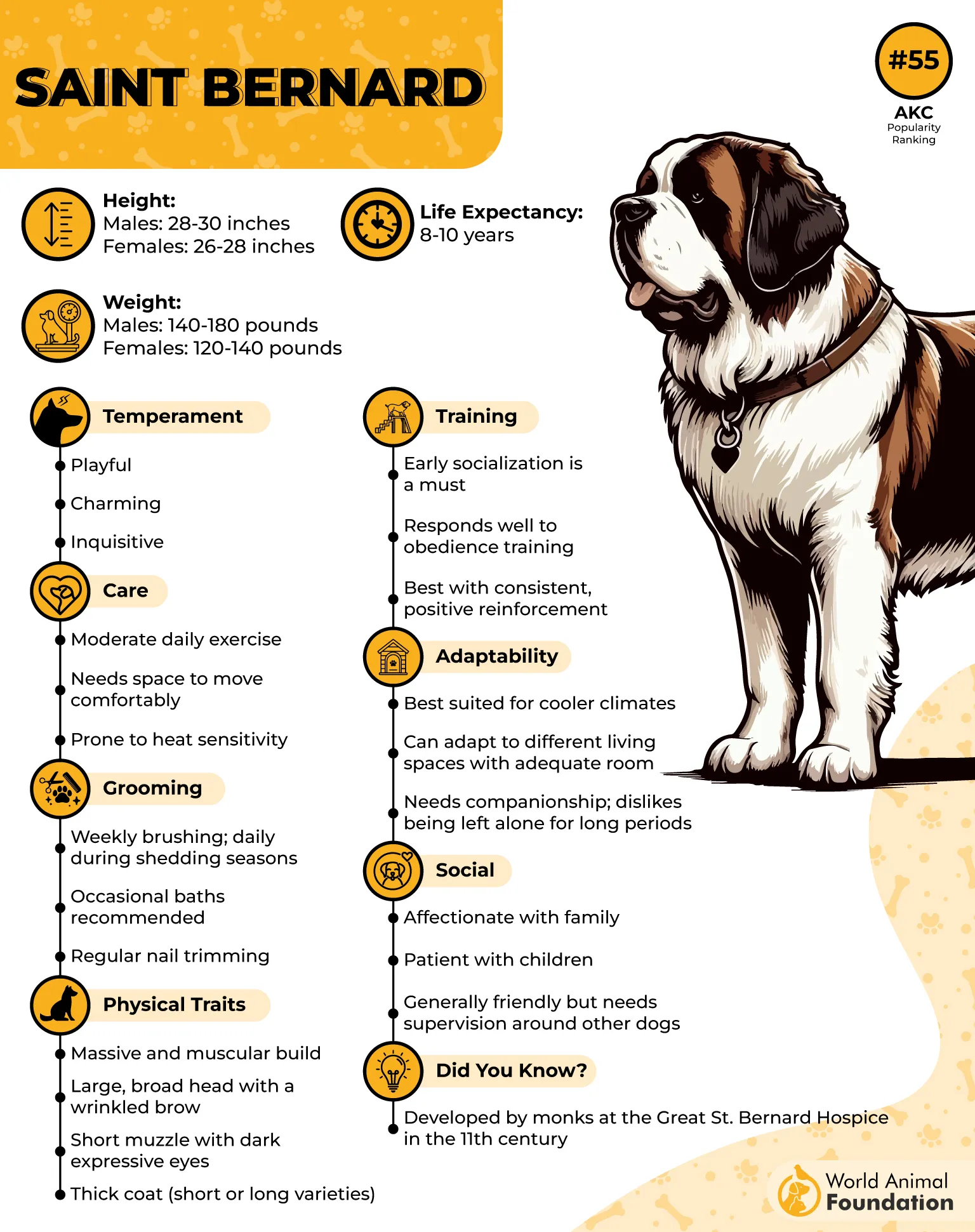
Best Suited For
They have wrinkled brows and a friendly smile, both features they are famously known for. They are best suited for family members who will be truly dedicated to training a Saint Bernard from a young age.
Due to their massive size, they can easily knock someone out, especially little children. But they respond quickly to their owners’ commands, so as long as you’re willing to put in the time, effort, and work, these dogs will be trained into excellent guard dogs.
They’re also called “nanny dogs” due to their affinity with children.
2. Irish Wolfhound
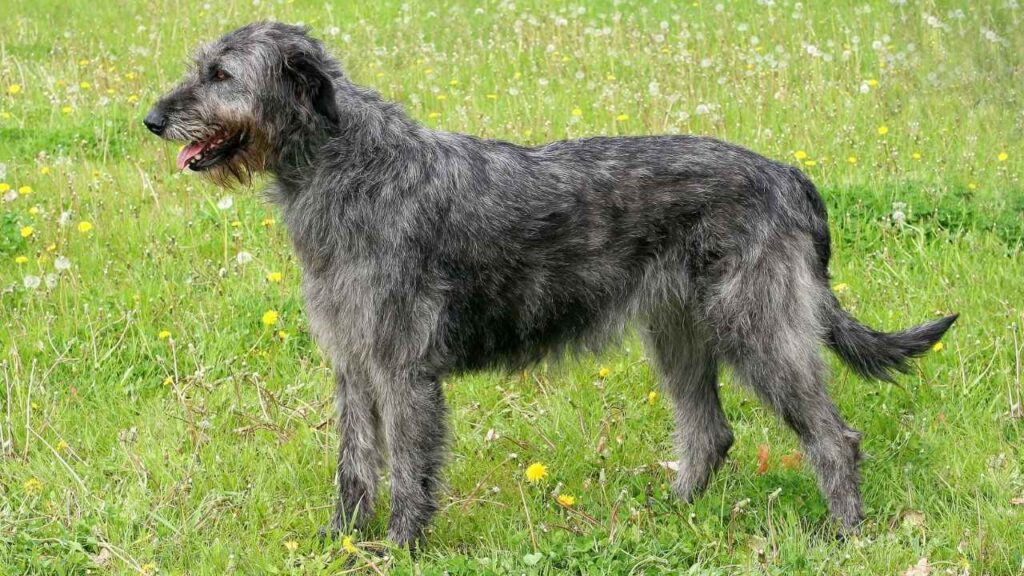
History
The Irish Wolfhound is the result of breeding between large breeds of Britain and the Middle Eastern hounds. In the 15th century, the countryside of Ireland was overrun by wolves. The Irish Wolfhound hunted these predators almost to the point of extinction.
There is also a tale of loyalty by the name of “Gelert, the Faithful Hound,” about the Irish Wolfhound. Do we need to say more about their courageous and protective nature?
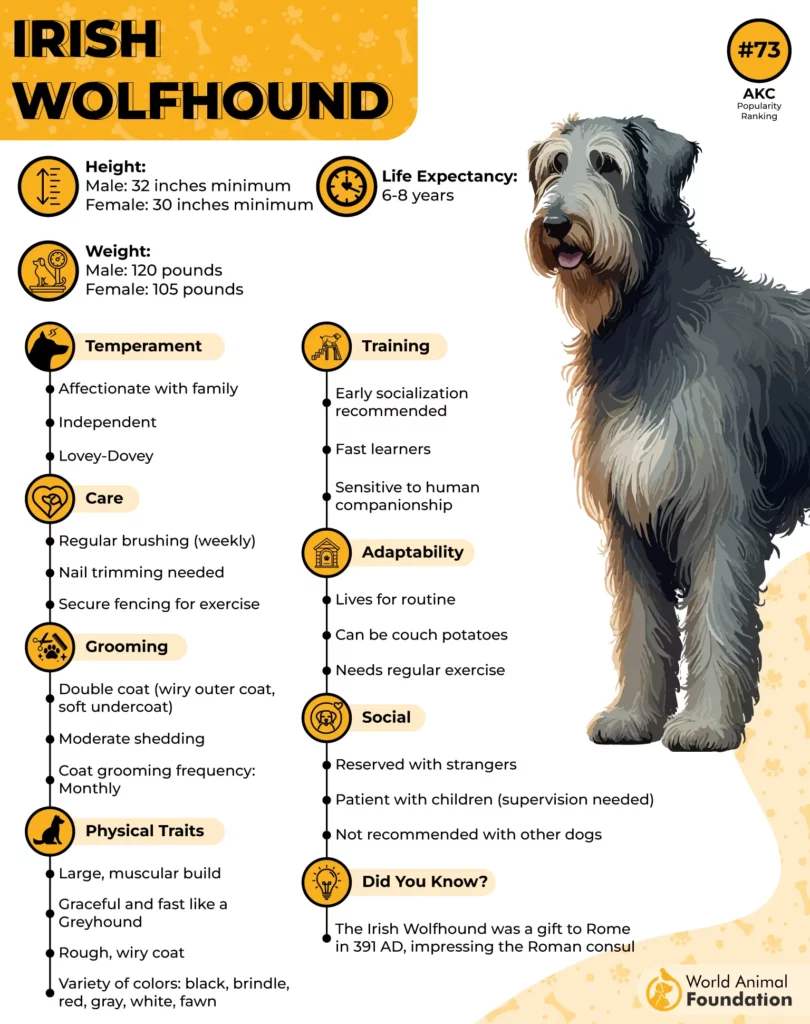
Best Suited For
These are giant, calm dogs and have a tender and sensitive nature. They can even work really well as therapy dogs, so likewise they are best suited for pet parents that are well-equipped to deal with the emotional intelligence and mental and physical stimulation needs of this breed.
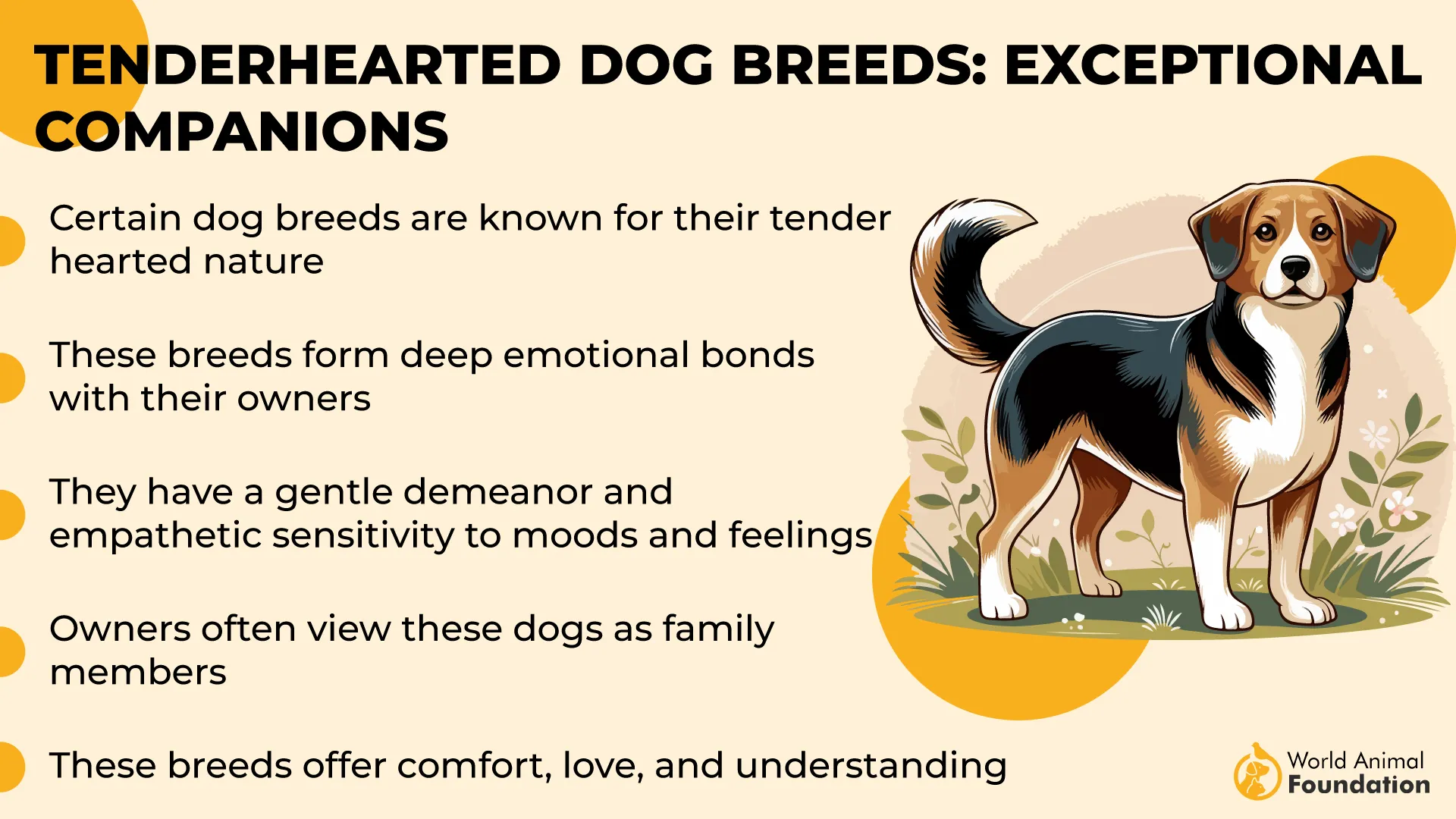
They learn really quickly. But due to their massive size and moderate weight, they aren’t ideal pets to have in a house with small children. Older kids and adults are fine.
3. Newfoundland
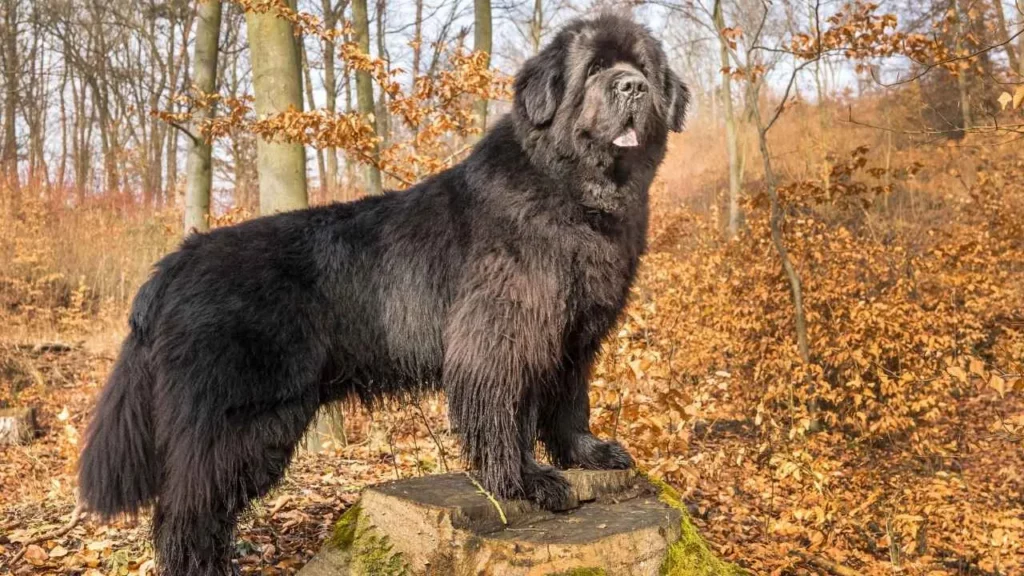
History
They have a rich and noble history. They are wonderful companions and natural swimmers, hence they have a passion to protect the waterfront and people in distress. In the 1800s, the breed was used by fishermen as helpers to pull the nets and haul fish carts to the market, as per the AKC.
They were built for their endurance rather than their speed, and they really enjoy their work.
Best Suited For
They are well known for their sweet temperament and as gentle giants due to their gentle disposition with kids. They can work in new environments due to their friendly and social nature, which also makes them fun to train.
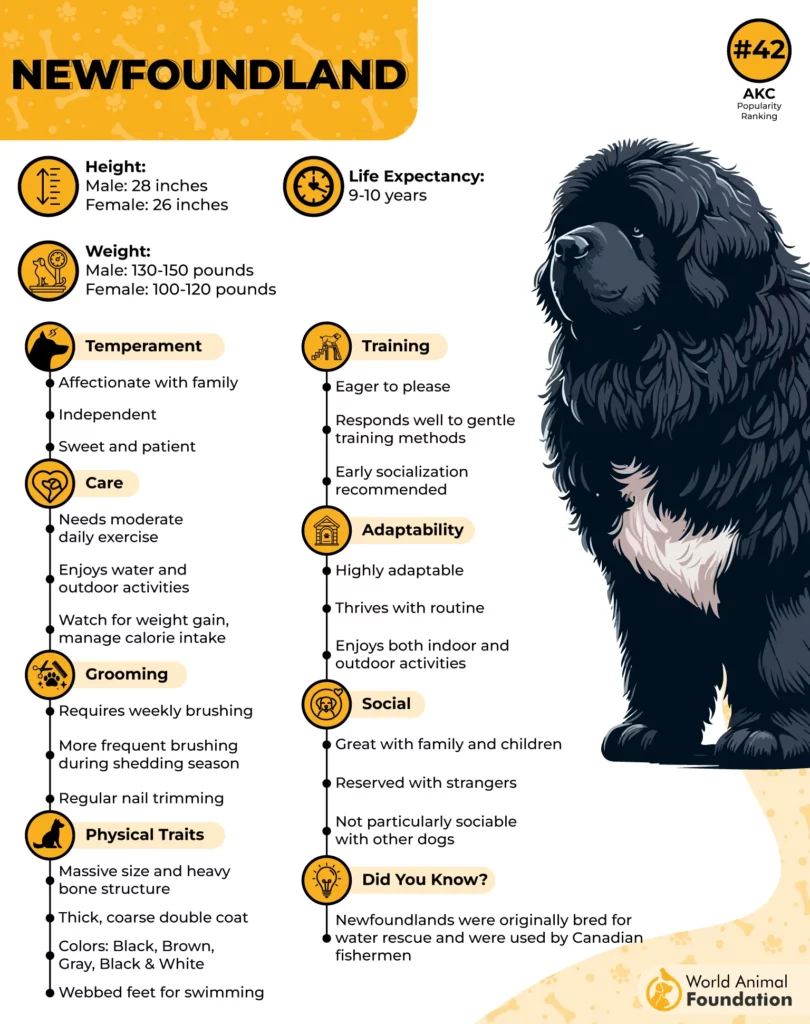
Due to their size and love for water, they are best suited for families that can accommodate both these factors by providing enough space for them to live at ease and providing some outdoor activities, like a swim in the pool.
Their thick double coat protects them against the water they so much enjoy, but it is also meant to protect them from the cold climates. So, if you’re from a warmer climate, this dog may not be for you.
4. Great Pyrenees
History
Declared the “Royal Dog of France” by King Louis XIV in the 17th century, they became popular at the French Court. This is an extremely old breed, dating back ten to eleven thousand years ago.
The Great Pyrenees was bred to guard livestock and excelled at herding, as Purina states, and protecting flocks, being ideal flock guardians from predators in high mountain terrains.
Best Suited For
As a devoted guardian of the family, they can be a little stubborn at times, but not to the point where it makes them inadequate to settle into family life. They are great with kids, even smaller ones, but due to their size, they need to be supervised when around kids.
If you have a secure, fenced area that needs to be guarded, this is the dog for you. They love having a job to do due to their rich guarding history and natural protective instincts. This also helps with their mental stimulation. With some basic obedience training, this dog will make a wonderful family pet.
5. Boerboel
History
The Boerboel dates back to the mid-1600s to the Dutch, German, and Huguenot settlers of South Africa. The word “Boer” is Dutch for “farmer”. It refers to the migrants arriving in the Southernmost country in Africa.
These dogs were originally bred to guard homesteads, according to the AKC. They’re a result of the interbreeding of two larger groups and had to differentiate between friend and foe, and hence became famous for their friendly disposition towards children.
Best Suited For
While there is no denying that these are incredibly loyal and gentle giants, with an enormous heart. They are still not recommended for new owners or even considered a safe breed to have with children in the house due to their large size.
Their calm temperament, coupled with their size and young age training requirements, make them ideal for experienced adults and older kids only.
6. Great Dane
History
The Great Dane is a German breed, developed by the country’s nobility in the 15th and 16th centuries. They were bred to hunt wild boars, and as wild boars declined in numbers, their role shifted to that of a guard dog for estates and carriages.
Britannica states that in Germany, since 1880, it is officially called “Deutsche Dogge” or the German Mastiff, because they are great, surely, but they are not Danish.
Best Suited For
Due to its rich history, it is a swift and alert dog, but it is more notable for its courage, friendliness, and dependability. It is one of the tallest working breeds, so even if you reside in an apartment, the daily exercise requirements of these dogs need to be fulfilled.
They prove to be the most protective guard dog breed due to their immense size. Many intruders are scared away just by the mere presence of these large dogs.
They like to stretch and sleep on soft surfaces to avoid calluses and need a big vehicle to travel in as well. This breed takes up a lot of space, but they are fiercely loyal. They are extremely intelligent, which means they are also highly trainable.
7. Mastiff
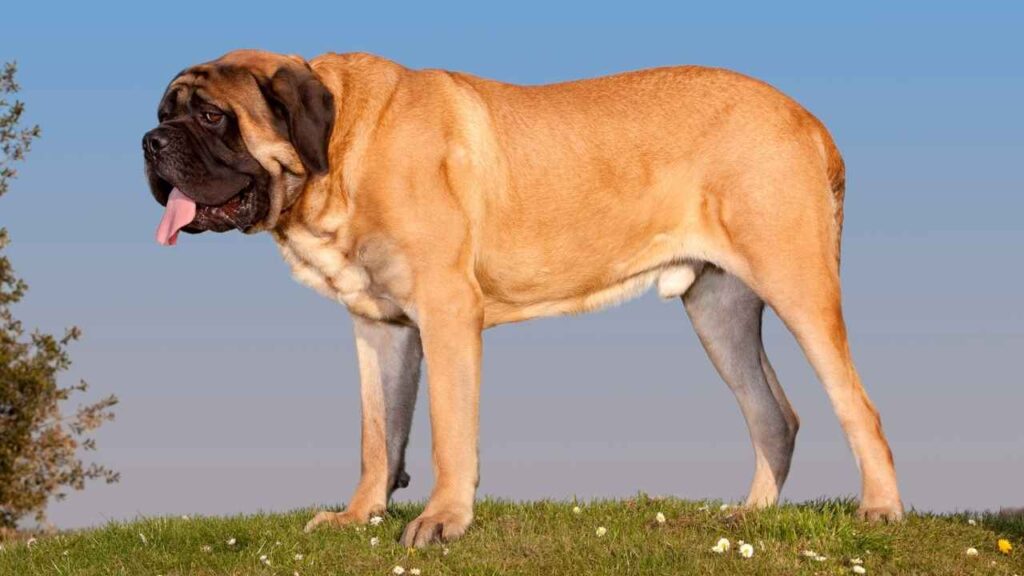
History
The Mastiff has always been a dignified, courageous, and good-natured, loving dog. They are documented as far back as 3000 BCE in Egypt and described by Julius Caesar in 55 BCE. They were bred for hunting and combat.
This role evolved to guarding castles in England, and by the 19th century, they were refined to a more modern breed that we see today. After World War II, there was a steep decline in their population, but the breed was saved by the North American breeders by using dogs from the US and Canada.
Best Suited For
They are extremely protective of their families, and though one of the largest breeds recognised by the AKC, they actually love being around people and bond closely with their families. They are gentle and loyal companions.
Ideal for anyone able to provide early training and socialization, and those who are not big on physical exercises, as this is a low-energy breed. They are not best suited for activities like long runs, hikes.
If you want to make sure your dog is getting the ideal amount of exercise to remain healthy, use our Dog Exercise Calculator to help them stay on top of their game.
Dog Exercise Needs Calculator
Invalid input. Please enter a valid age and breed.
Conclusion
With guard dog breeds, you will see a mix of agility, muscular dogs, bodyguard dogs, medium-length double coat, short coat, long coat, but what you will see remains consistent in them all is their dedication and commitment to your well-being and your happiness.
Other best guard dogs include the Tibetan Mastiff, Rhodesian Ridgeback, Belgian Malinois, and Giant Schnauzer etc.
But not all guard dogs are docile, especially if not trained properly, so if you’re looking for someone to look out for the family and also provide some entertainment and serenity while they’re at it, the breeds on the list are perfect choices.


